Honestly, who doesn’t love fried chicken and rice? In honor of Asian American Pacific Islander (AAPI) Heritage Month, we wanted to showcase the similarities in Asian and African American cuisines. Check out a list of foods that both Black and Asian cultures enjoy.
Asian and African dishes have a lot in common. Traditionally, both were always based on a starch like rice, and a soup, stew or savory mix that served more as a condiment than the main dish.
Popular foods in the Black community like fried chicken with a variation of sauces, rice, savory vegetables, and barbecue are the flavorful dishes that feed our souls. Asian cultures enjoy these same dishes with their own twist and essential spices. While the preparation may be similar, the taste may differ.
Either way, both communities understood the assignment.
We will dissect the historical context of these dishes and how they have transformed throughout the years. Hopefully, you aren’t too hungry reading this. Check out a list of foods that both Asian and Black cultures relish:
1. NomNomNom: Chinese Fried Chicken
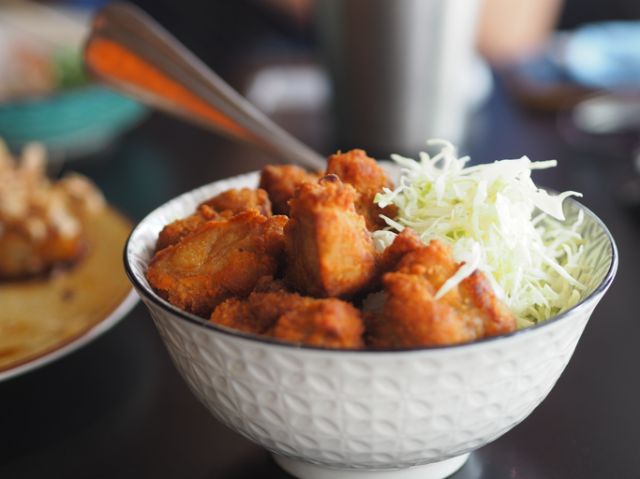 Source:Getty
Source:Getty
In Chinese cuisine, fried chicken wings are usually served over rice. Let’s be honest: have you ever met a community that doesn’t like chicken and rice?
There is a racist trope that Black people love fried chicken. While that may be true, the basis stems from the enslavement of Black Americans. Historically, chickens were the only livestock enslaved Black people were allowed to keep. Black domestic workers would cook fried chicken for their masters and, later, their employers. And then, after emancipation, women known as “waiter carriers” would hawk trays of fried chicken and biscuits to travelers through open windows as their trains stopped at stations.
In China, the Middle East, and West Africa, a version of fried chicken began as early as 7,500 B.C.E. It wasn’t until Black southerners became crafty in the kitchen that we discovered what a new way to indulge.
2. Drippin’ Sauce: Fried Chicken With Sauce
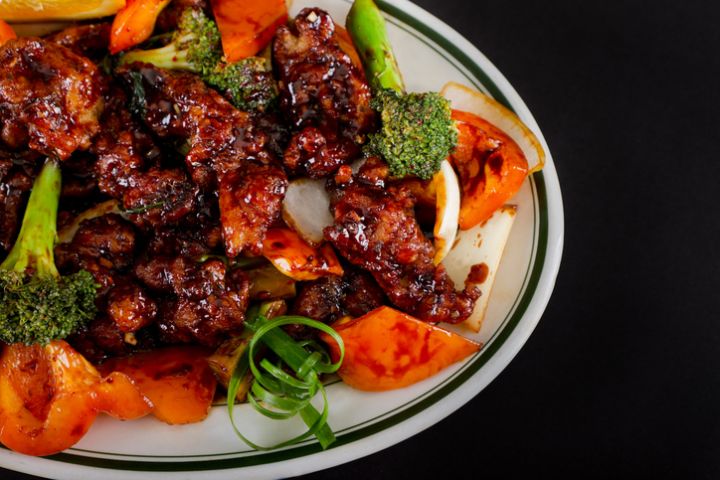 Source:Getty
Source:Getty
General Tso’s chicken is vastly different in China, where its innovator was disgusted with what passes as his dish in America. Nonetheless, it has all the good stuff–the sweet, the crunchy and oily and the spicy–three parts of the African Atlantic palate that aren’t always healthy for us but feel good for us.
The addition of sesame calls to a part of the African American soul–our ancestors brought sesame from Africa and called it benne. Although now not widely eaten in African American cuisine outside of the Lowcountry of South Carolina and Georgia, sesame was once a widely grown plant valued for its small seeds. This little addition reminds us of our culinary DNA. Foodies compare orange chicken to how Black cooks prepare the Southern hickory-smoked ham. It’s the same flavor mixtures: spicy with fruity sweetness against umami flavors and oily fatty notes.
Also, chicken.
3. Need That With Everything: Rice
 Source:Getty
Source:Getty
African and Asian rices flourish across Africa. Africa has several rice areas where rice is just as important to the people in the African rice belts as it is in southern China. In both places “rice” is often synonymous with “meal” or “food.”
According to Damon Lee Fowler there are fried rice recipes all over the Lowcountry where enslaved Africans introduced the cultivation and preparation of rice as a dietary staple three centuries ago.
The main difference is that African American and West African rices use longer grains of rice and are often consumed with the scooped hand or a spoon. While Asian sticky rice is a shorter grain meant to be eaten with chopsticks.
4. Bring On The Spice: Spicy Foods
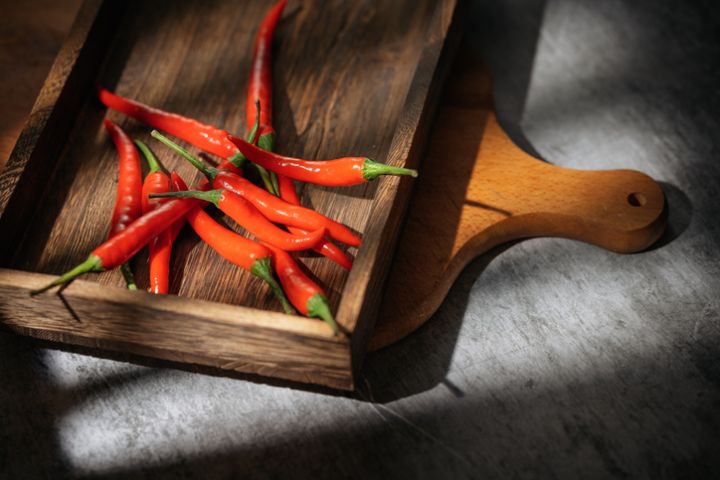 Source:Getty
Source:Getty
Chinese hot oil, hot peppers, hot mustard, hot sauce are all a draw for Black folks diving into Chinese food. Sichuan and Hunan regional dishes lean into the hot or peppery flavors. The chili pepper landed in Africa then Asia not too far apart.
5. Throw Somethin’ On The Grill: Barbecue
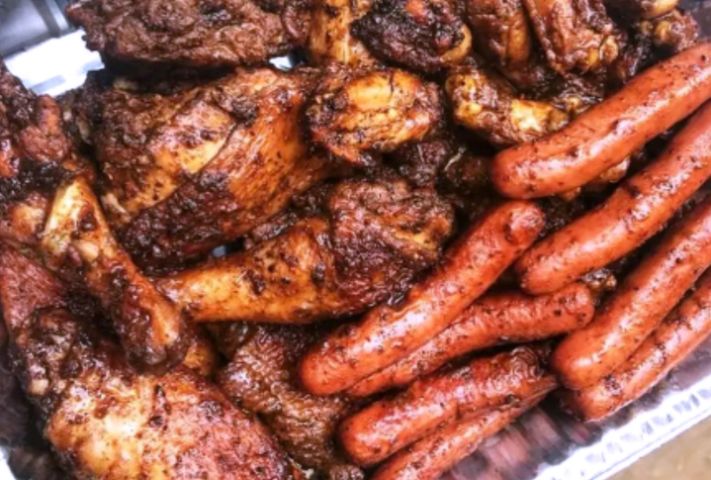 Source:Getty
Source:Getty
Chinese “barbecue” is prepared a little differently than the version we know and love rooted in African and Native American cuisines. It uses more crispy roast pork, beef or poultry. There’s usually sweet glaze from a light bark on the outside with the skin at the crackling point and the red glaze hints of smoke rings, sauces and all.
BBQ is just delightful for us all.
6. That Warm, Comforting Feeling In A Bowl: Soup
 Source:Getty
Source:Getty
Soup is common across most cultures. Many cultures have a soup or broth that provides comfort. Nothing like that clearing, blood-purifiying feeling of a good hot soup.
In Asian cuisines, you can expect that bowl of noodle, egg drop, wonton, sweet and sour, or vegetable soup with chilies, garlic, green onions, soy and other condiments.
All over the African Atlantic, soup is the an essential piece to any meal paired with a starch. In New Orleans a soupy dish “ya mein” is front and center. It blends noodles, broth, spices and sauces. After jazz and brothels, the sporting life men needed something to grub on in the wee hours of the morning (hence the Chinese food connection).
7. Wrist Twistin’ Like A: Stir Fry
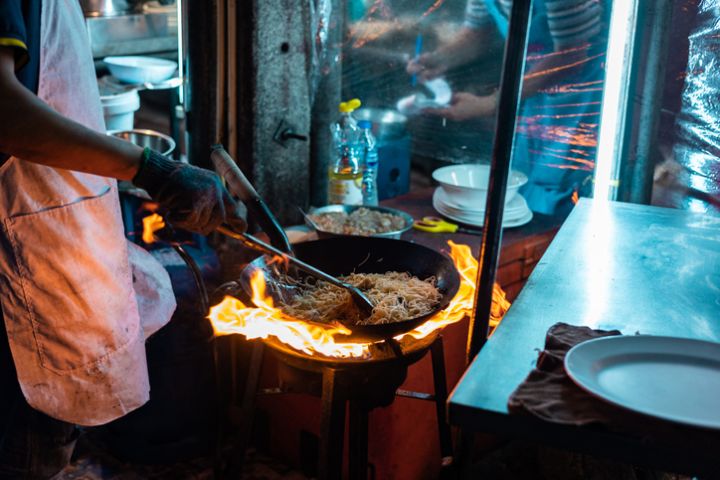 Source:Getty
Source:Getty
Many savory dishes across Africa are based in stir-frying. It’s an economical use of oil and cooks food quickly and cuts down on the use of fuel. Many many dishes on both continents rely on this method even though we typically think of it as strictly a Chinese or East Asian culinary phenomenon.
8. For The Folks That Believe Gingerale Is Medicinal: Ginger
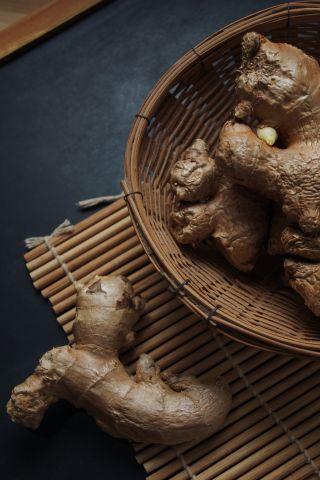 Source:Getty
Source:Getty
Ginger is endemic across tropical Africa and Asia and it happens to be a third of the Chinese holy trinity of garlic, green onion, and ginger, or soy, ginger, and garlic. Senegalese and Ghanaian cuisines also love ginger. It is popular in the Caribbean as well. Also, African Americans were famous for infusing beverages, teas, savories and light sweets like gingerbread and marketing those flavors.
When we taste ginger and garlic, we taste home.
9. V Important: Peanuts
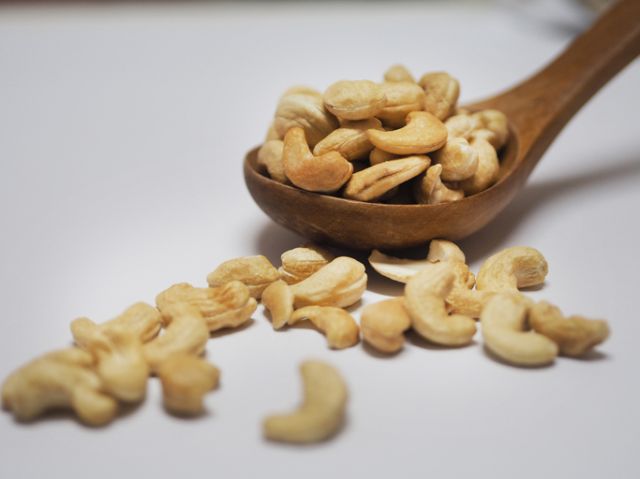 Source:Getty
Source:Getty
Kung Pao chicken, with its spiciness and peanuts all rolled into one, the peanut–and by consequence, the cowpea and the sweet potato and okra are important condiment dishes in both Chinese and African diaspora traditions.
Following the peanut into Southeast Asia, Thai and ethnic Chinese cooks incorporate peanut-based sauces into noodles, rice and vegetables, spiking them with just enough hot pepper. Interestingly enough there are Asian restaurants in Senegal (mainly because of Indochinese immigration from the French colonial period) and peanut sauces serve as one of the culinary bridges.
10. Good Fortune Foods
 Source:Getty
Source:Getty
In Black culture, black eyed peas and collard greens are staple foods when ringing in the New Year. The two dishes represent fertility, change, good luck, and prosperity.
In Chinese culture, there are many good luck foods eaten in their Lunar New Year. For them, eating shrimp or lobster during Lunar New Year celebrations will bring guaranteed joy and humor the entire year. Chinese people also indulge in long noodles for longevity. They eat sweet things for a sweet year and good luck. Leafy greens are served to parents to wish them a long life. Spring rolls are likened to bars of gold, and oranges and tangerines pun on the words for gold and luck.
All in all, we share in the symbolic nature of foods. We also don’t hold back on the spices, bringing a flavor like no other cuisine.








